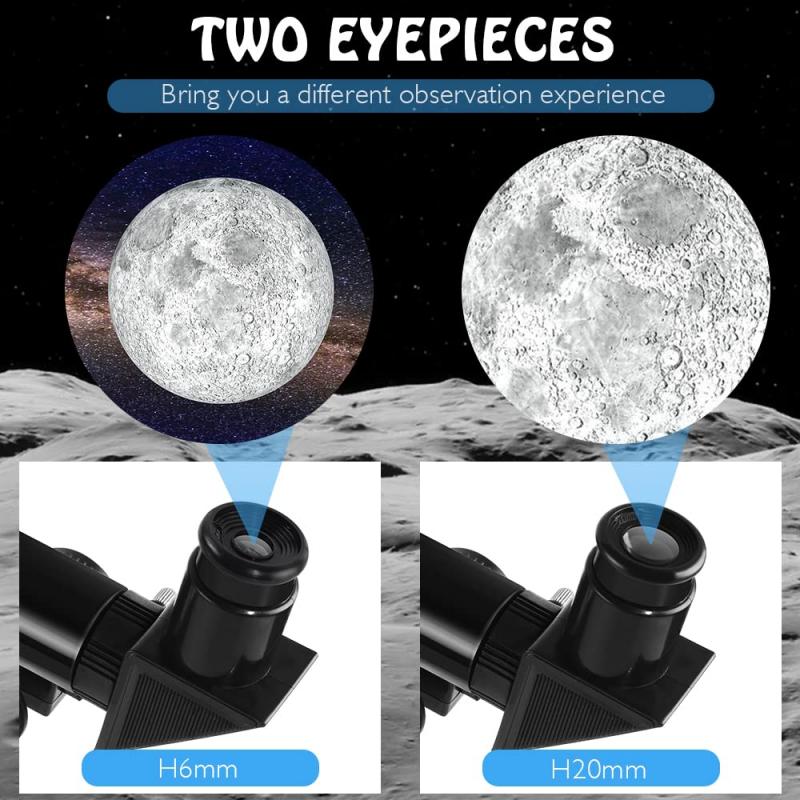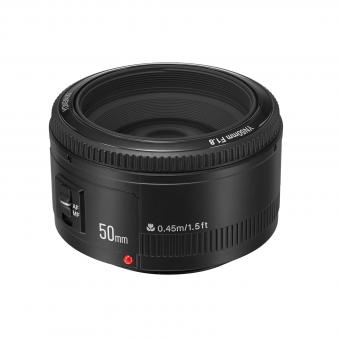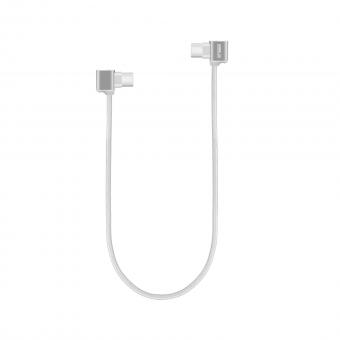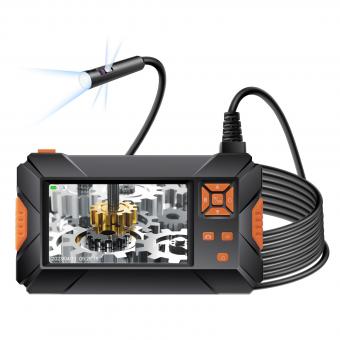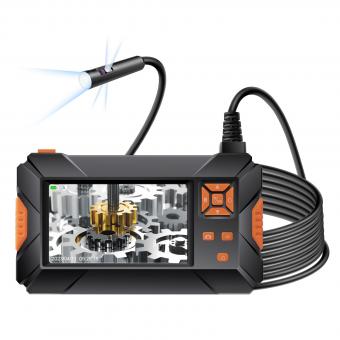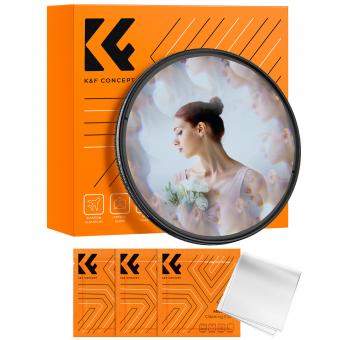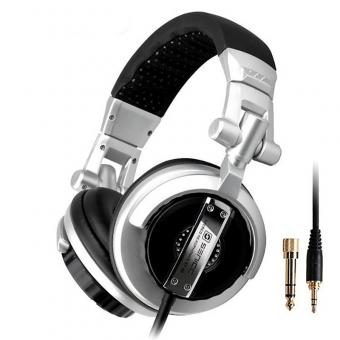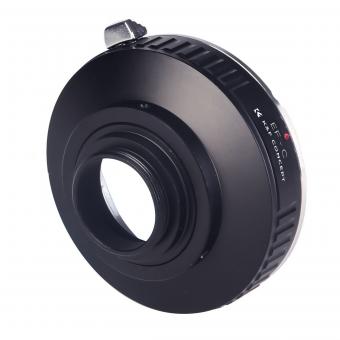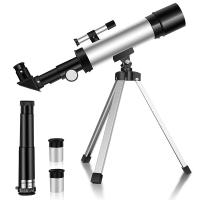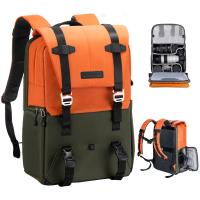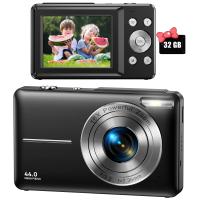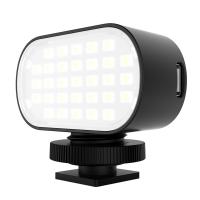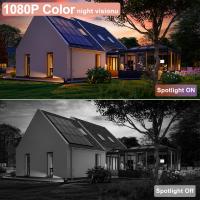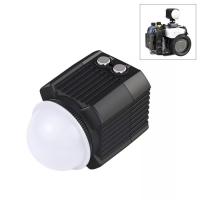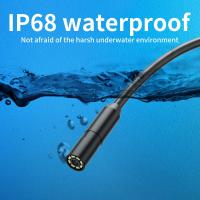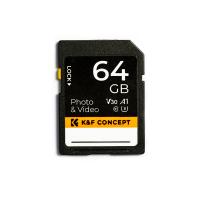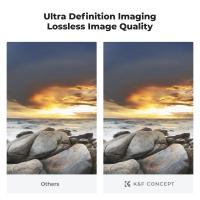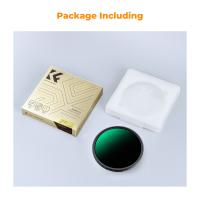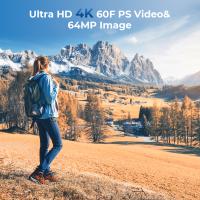What Is The Best Focal Length For Telescope ?
The best focal length for a telescope depends on the specific requirements and intended use. Different focal lengths offer different advantages and trade-offs. Longer focal lengths generally provide higher magnification and narrower fields of view, making them suitable for observing distant objects such as planets and galaxies. Shorter focal lengths, on the other hand, offer wider fields of view and lower magnification, making them better for observing larger objects like star clusters and nebulae. Ultimately, the best focal length for a telescope will depend on the observer's preferences and the specific objects they wish to observe.
1、 "Aperture and Focal Length: Finding the Perfect Balance"
The best focal length for a telescope depends on various factors, including the intended use of the telescope, the observer's preferences, and the objects being observed. However, finding the perfect balance between aperture and focal length is crucial in determining the overall performance of a telescope.
Aperture refers to the diameter of the telescope's primary lens or mirror. A larger aperture allows more light to enter the telescope, resulting in brighter and more detailed images. On the other hand, focal length is the distance between the primary lens or mirror and the point where the image is formed. It determines the magnification power of the telescope.
In general, a longer focal length provides higher magnification, making it suitable for observing distant objects such as planets and galaxies. However, longer focal lengths can also result in a narrower field of view, making it more challenging to locate objects in the sky.
Conversely, a shorter focal length provides a wider field of view, making it easier to locate objects. It is ideal for observing large celestial objects such as star clusters and nebulae. However, shorter focal lengths may sacrifice some magnification power and image quality.
Finding the perfect balance between aperture and focal length is crucial. A larger aperture combined with a longer focal length can provide high-resolution images of distant objects. However, such telescopes may be bulkier and more expensive. On the other hand, a smaller aperture with a shorter focal length can offer a wider field of view, making it suitable for beginners or those interested in observing larger celestial objects.
It is important to note that advancements in technology have led to the development of telescopes with various focal lengths and apertures, catering to different needs and preferences. Additionally, the latest point of view emphasizes the importance of considering other factors such as the quality of optics, mount stability, and overall system design when choosing a telescope.
Ultimately, the best focal length for a telescope depends on the observer's specific requirements and interests. It is recommended to consult with experienced astronomers or seek advice from reputable telescope manufacturers to find the perfect balance between aperture and focal length for your specific needs.
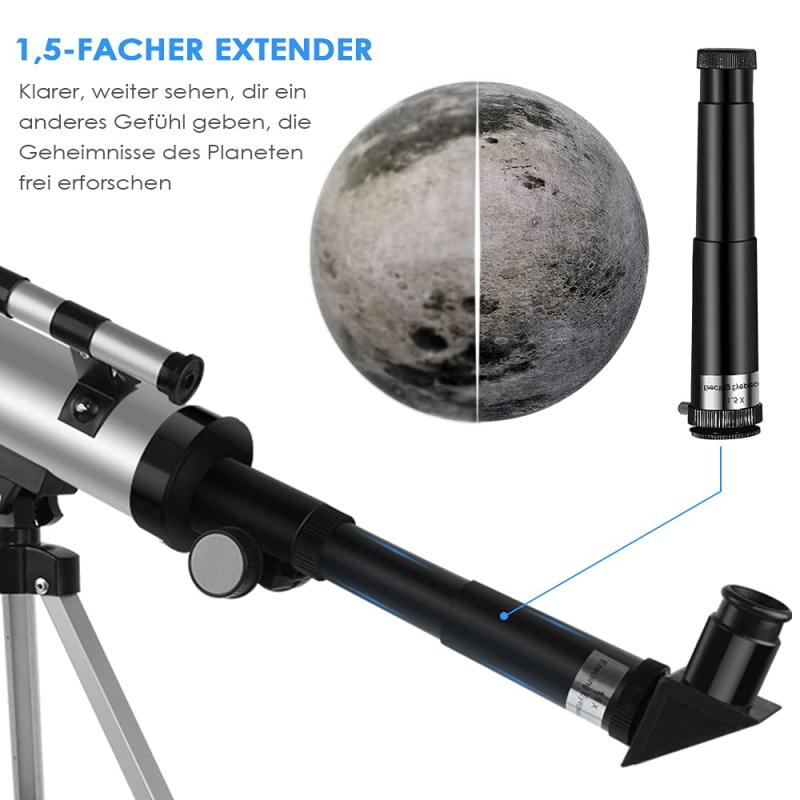
2、 "Understanding Focal Length: Key Considerations for Telescope Selection"
Understanding Focal Length: Key Considerations for Telescope Selection
When it comes to choosing the best focal length for a telescope, there are several factors to consider. Focal length plays a crucial role in determining the magnification and field of view of the telescope, which in turn affects the types of objects that can be observed and the level of detail that can be seen.
In general, a longer focal length will provide higher magnification and a narrower field of view, making it ideal for observing objects that require high levels of detail, such as planets and the moon. On the other hand, a shorter focal length will provide lower magnification and a wider field of view, making it better suited for observing larger objects, such as galaxies and nebulae.
The best focal length for a telescope ultimately depends on the specific observing goals and preferences of the user. For beginners or those interested in a wide range of celestial objects, a telescope with a moderate focal length (around 800-1200mm) may be a good choice. This allows for a balance between magnification and field of view, providing versatility in observing different types of objects.
However, it is important to note that the latest point of view in the field of astronomy suggests that there is no one-size-fits-all answer to the best focal length for a telescope. With advancements in technology and the availability of various accessories, such as eyepieces and Barlow lenses, it is now possible to achieve different levels of magnification and field of view with the same telescope by simply changing the accessories.
Therefore, it is recommended to consider the specific observing goals, budget, and available accessories when selecting a telescope. Consulting with experienced astronomers or visiting a local astronomy club can also provide valuable insights and recommendations based on personal experiences. Ultimately, the best focal length for a telescope is the one that aligns with the observer's interests and provides the desired level of detail and versatility in observing the cosmos.
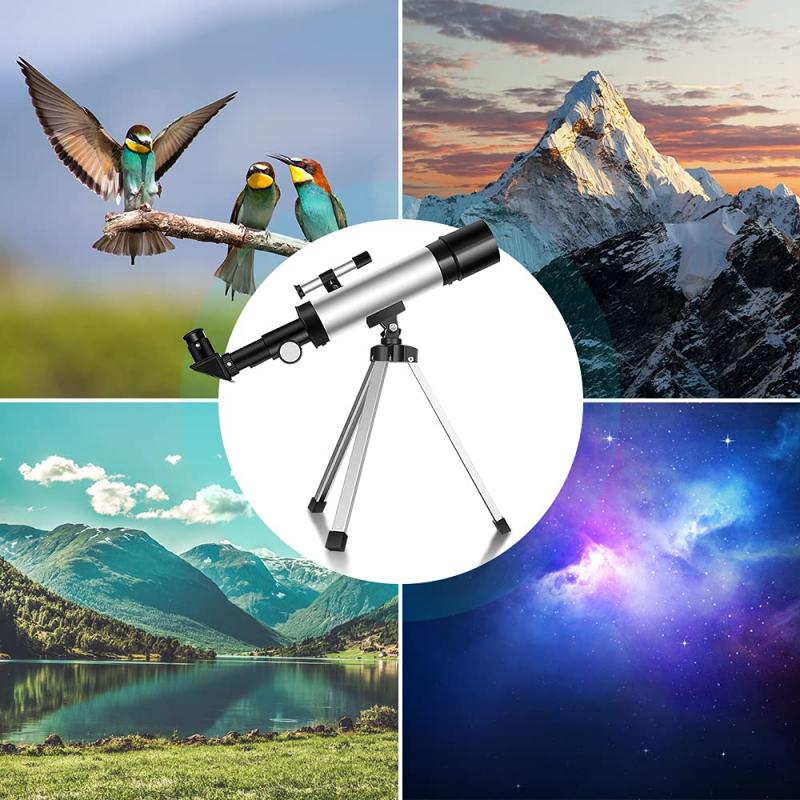
3、 "Exploring Focal Length: Optimizing Observations with Different Telescopes"
The best focal length for a telescope depends on the specific needs and preferences of the observer. Focal length is a crucial factor in determining the magnification and field of view of a telescope. A longer focal length generally provides higher magnification and a narrower field of view, while a shorter focal length offers lower magnification and a wider field of view.
For observing celestial objects, such as planets and the moon, a longer focal length is often preferred as it allows for greater magnification, enabling the observer to see more details. However, a longer focal length also means a narrower field of view, making it more challenging to locate and track objects in the sky.
On the other hand, a shorter focal length is advantageous for observing large celestial objects, such as star clusters and galaxies, as it provides a wider field of view, allowing for a broader perspective. This is particularly useful for capturing wide-field astrophotography images.
It is important to note that the best focal length also depends on the aperture of the telescope. A larger aperture allows for more light gathering, resulting in brighter and more detailed images. However, larger apertures often come with longer focal lengths.
In recent years, there has been a growing trend towards using telescopes with shorter focal lengths for astrophotography. This is due to advancements in camera technology, which allow for higher resolution and sensitivity, making it possible to capture detailed images even with shorter focal lengths.
Ultimately, the best focal length for a telescope is subjective and depends on the observer's specific interests and goals. It is recommended to consider factors such as the desired targets, observing conditions, and personal preferences when choosing a telescope with an appropriate focal length.
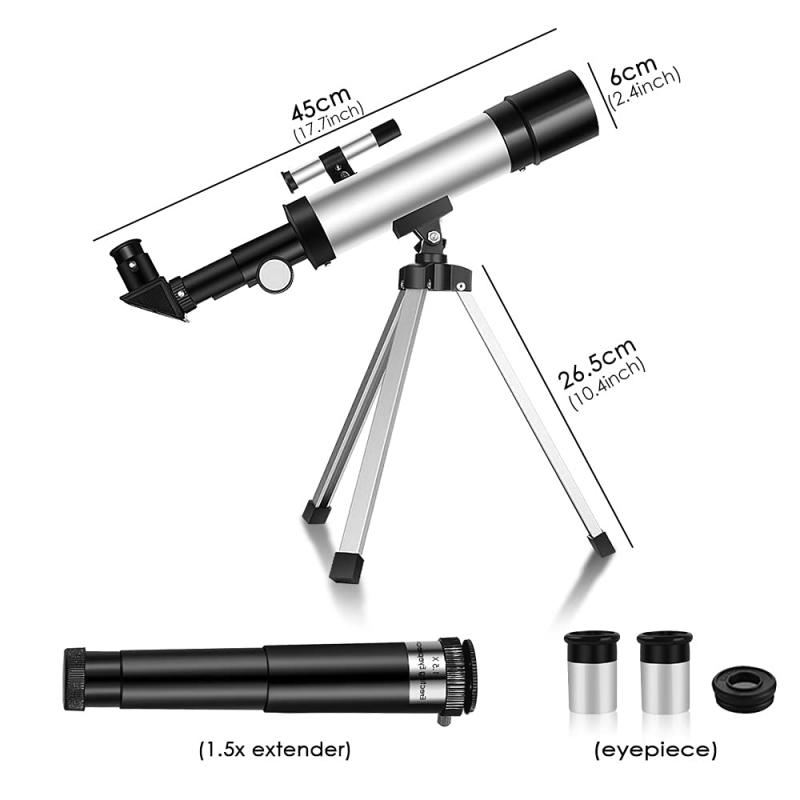
4、 "Choosing the Right Focal Length: Factors to Consider in Astronomy"
The best focal length for a telescope depends on several factors and can vary depending on the specific needs and preferences of the astronomer. When choosing the right focal length, there are a few key factors to consider.
Firstly, the type of observations one wishes to make plays a significant role. Different focal lengths are better suited for different types of celestial objects. For example, shorter focal lengths are ideal for wide-field observations, such as capturing large nebulae or star clusters. On the other hand, longer focal lengths are better for observing smaller, more distant objects like galaxies or planetary details.
Secondly, the size and portability of the telescope should be taken into account. Longer focal lengths generally result in larger and bulkier telescopes, which may not be practical for those who require a more portable setup. Conversely, shorter focal lengths can provide a more compact and lightweight telescope, making them easier to transport and set up.
Additionally, the level of experience and skill of the astronomer should be considered. Longer focal lengths typically require more precise tracking and focusing, which can be challenging for beginners. Shorter focal lengths, on the other hand, are generally more forgiving and easier to use.
Lastly, advancements in technology have introduced new possibilities in telescope design. For instance, some telescopes now offer adjustable focal lengths, allowing astronomers to adapt to different observing conditions and targets.
In conclusion, there is no definitive "best" focal length for a telescope. The choice depends on the specific needs and preferences of the astronomer, including the type of observations desired, portability requirements, skill level, and the availability of advanced telescope technologies. It is important to consider these factors and seek advice from experienced astronomers or professionals when selecting the right focal length for a telescope.
